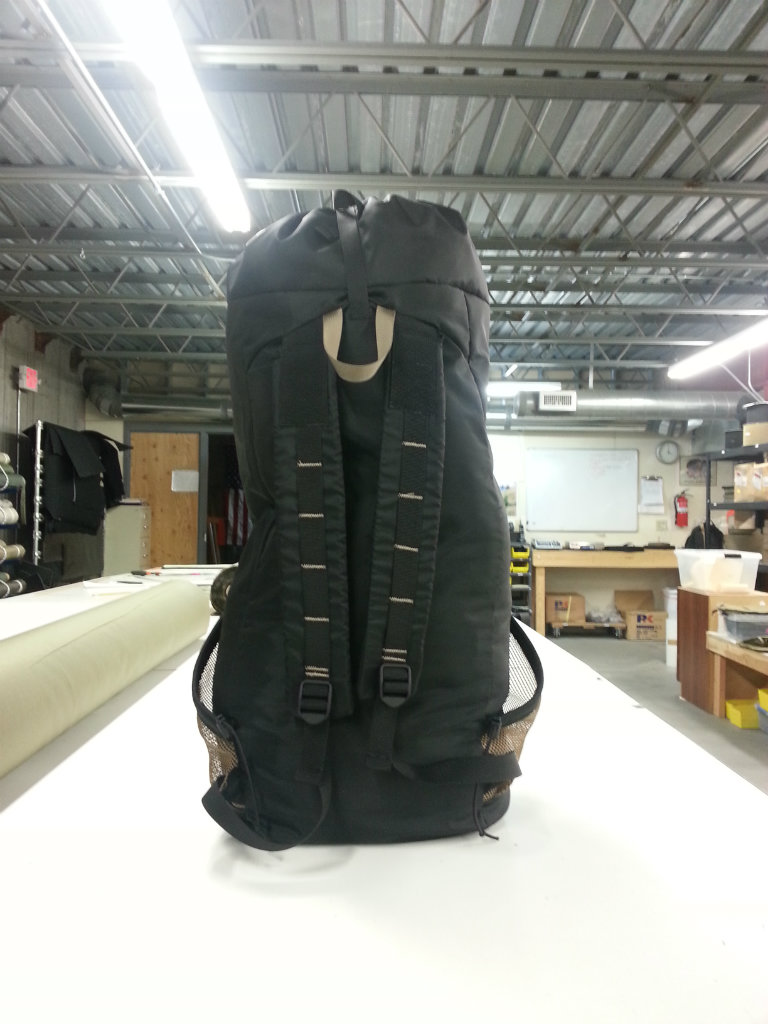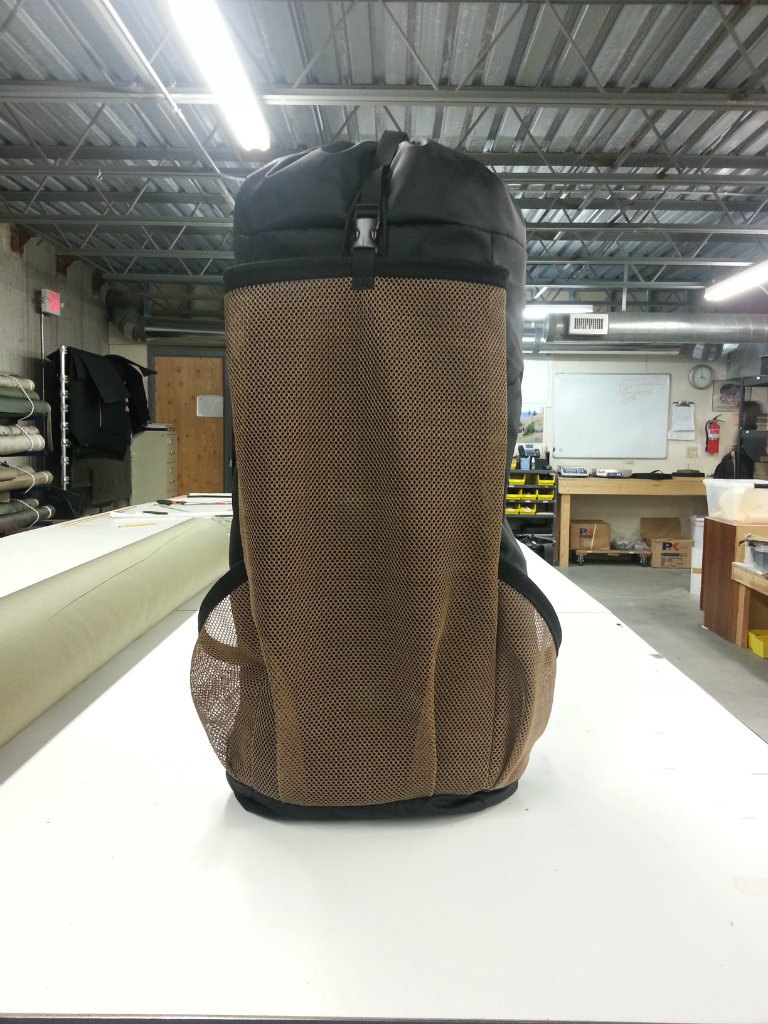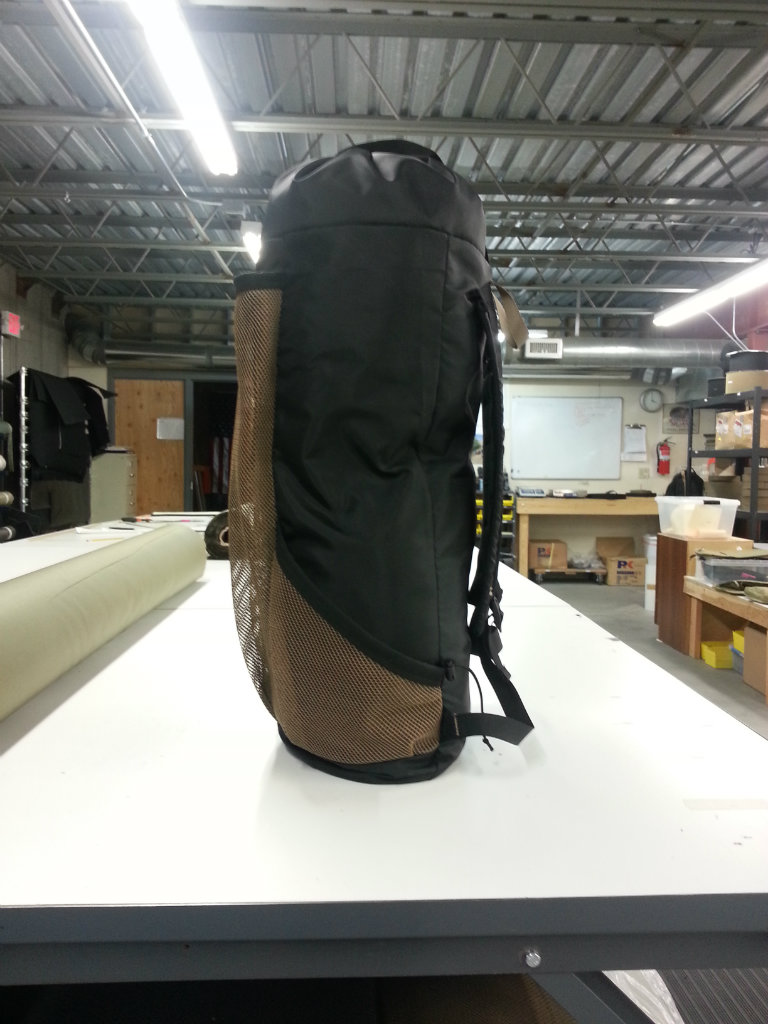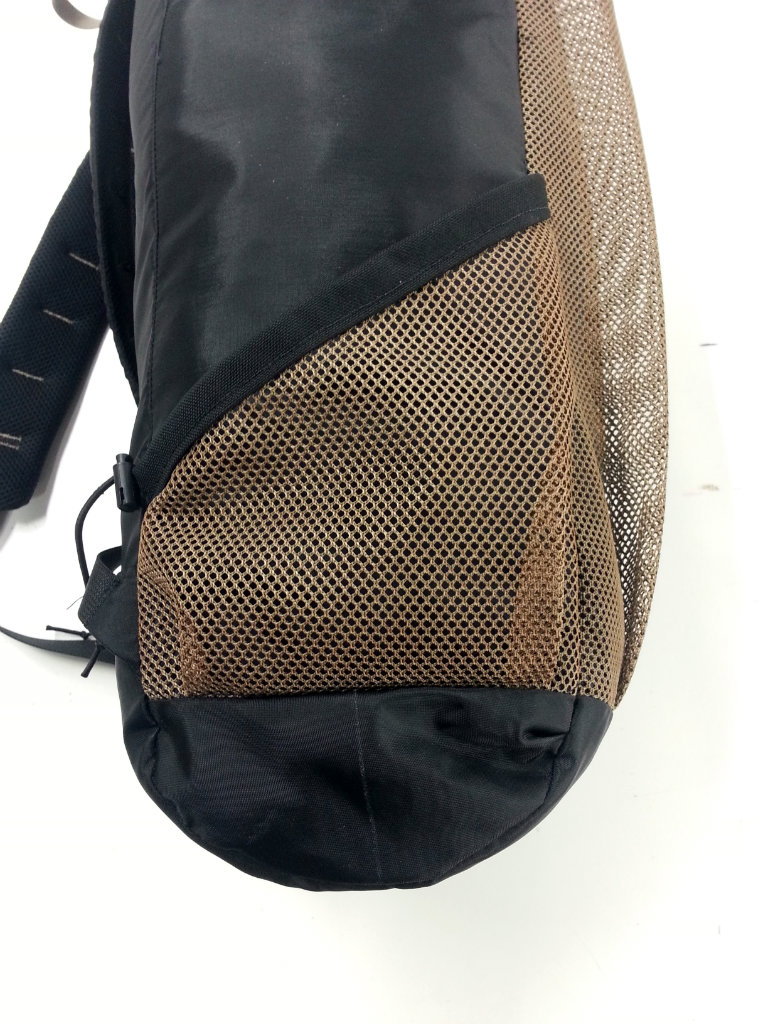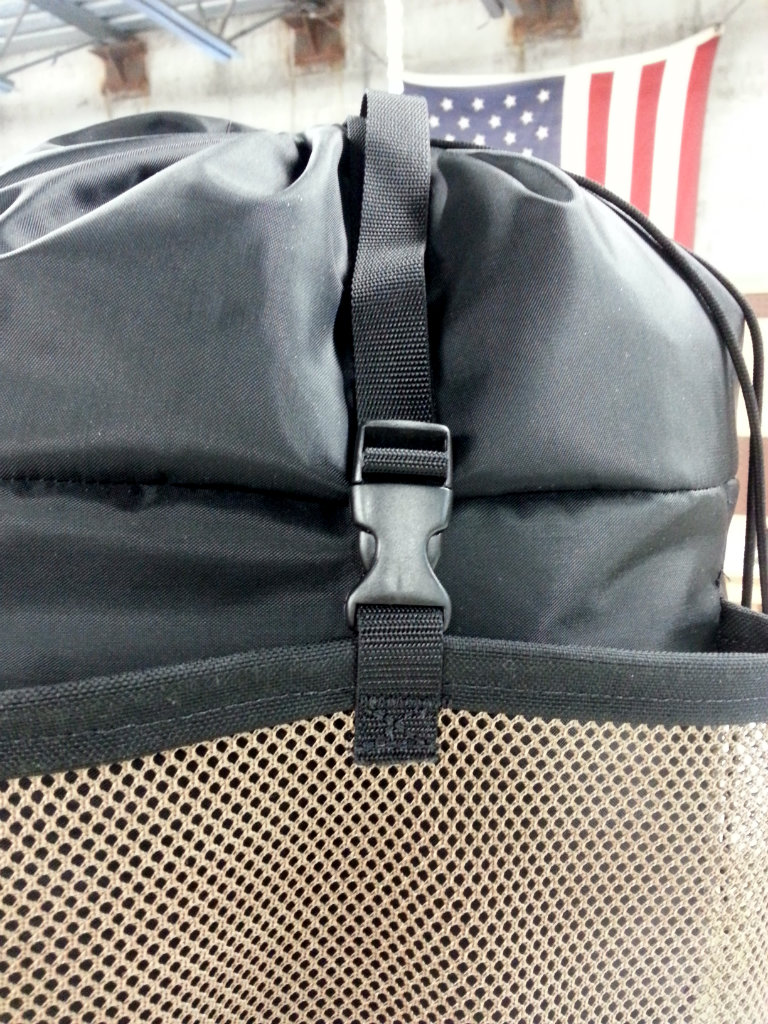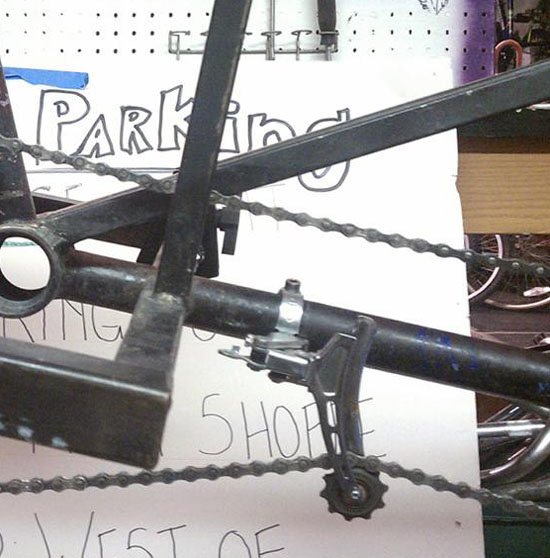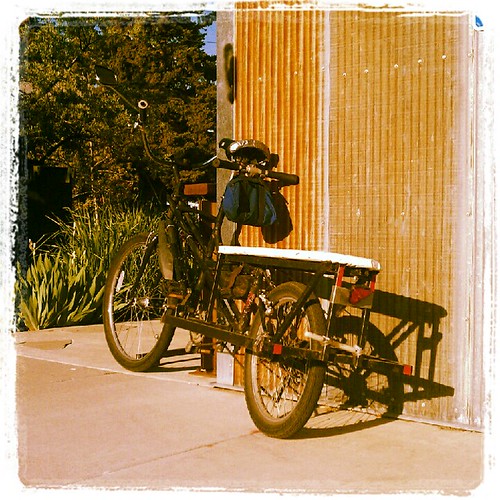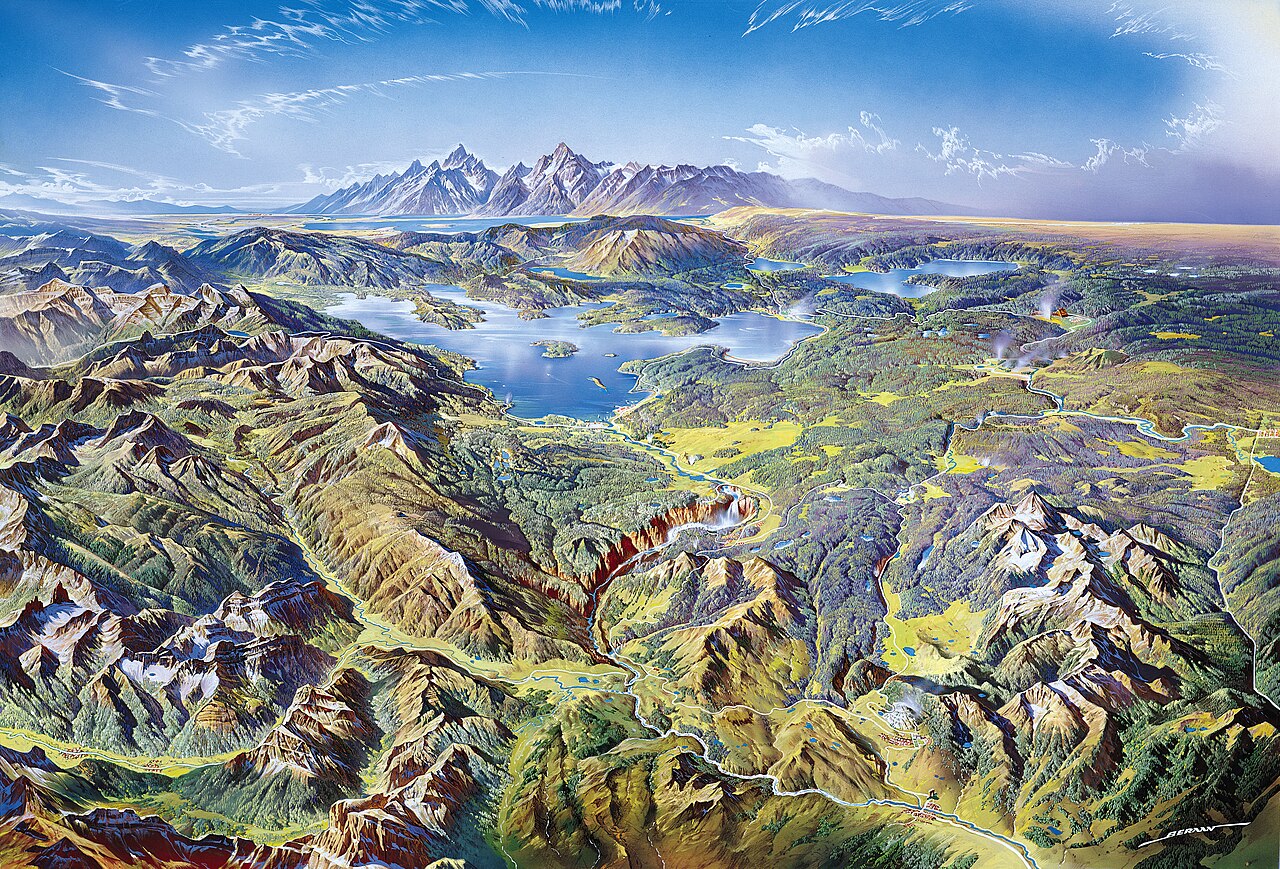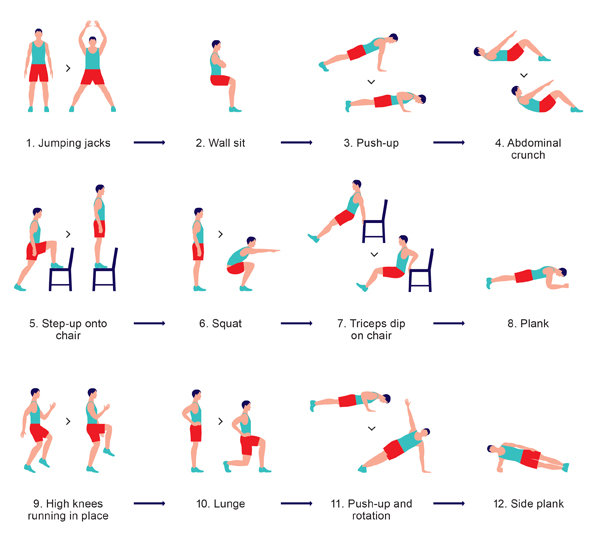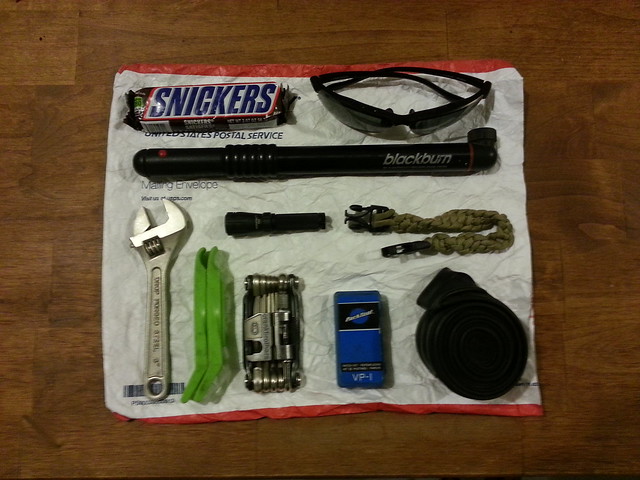Richard Louis “Dick” Proenneke (May 4, 1916 – April 20, 2003) was an amateur naturalist who lived alone for nearly thirty years in the mountains of Alaska in a log cabin he had constructed by hand near the shore of Twin Lakes. Proenneke hunted, fished, raised and gathered his own food, and also had supplies flown in occasionally. He documented his activities in journals and on film, and also recorded valuable meteorological and natural data.
There is a 57 minute self-made documentary shot by Mr. Proenneke entitled “Alone in the Wilderness” that is worth researching. It is one of my favorite pieces of wilderness living films and each time I watch it I am amazed and astounded at the vast set of skills, the motivation, and dedication that it took for someone to live off the land. I used to have the footage displayed here but unfortunately came to learn it was not available in the public domain and was requested it be removed.
Dick’s cabin on Twin Lakes is now on the National Register of Historic Sites and is located within Lake Clark
National Park & Preserve in Alaska.

